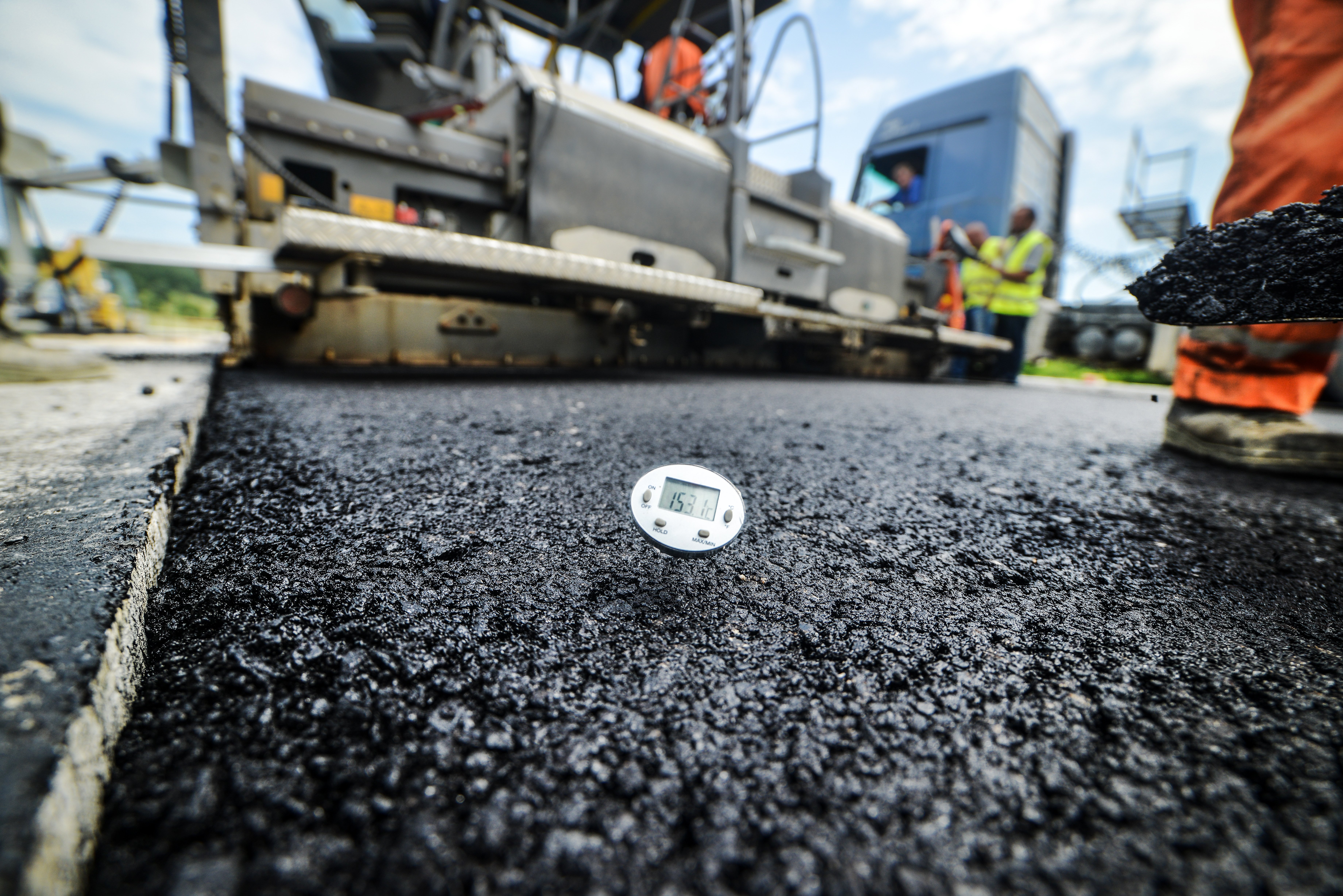Not known Details About A1 Professional Asphalt & Sealing Llc
Table of ContentsThe 9-Minute Rule for A1 Professional Asphalt & Sealing LlcA1 Professional Asphalt & Sealing Llc - The FactsThe smart Trick of A1 Professional Asphalt & Sealing Llc That Nobody is Talking AboutAbout A1 Professional Asphalt & Sealing LlcIndicators on A1 Professional Asphalt & Sealing Llc You Need To Know

The oil in an auto engine is not just oil. The REOB contains all the additives that were in the waste oil as well as the wear steels from the engine (mostly iron and copper).
Nevertheless, by making numerous blends using different REOB samples and various asphalt binders, the variations greatly can be averaged out. A number of States supplied examples of known REOB composition to TFHRC scientists, that examined the samples to contrast the percentage of included (recognized) REOB to the discovered (examined) amount. The analyses revealed a comparable percent of included and found REOB.
The Best Strategy To Use For A1 Professional Asphalt & Sealing Llc
None of those States recognized that the asphalt they were acquiring consisted of REOB. One State urged its examples had no REOB - https://www.openlearning.com/u/johntally-sc7f0j/.
Of the 1,532 samples tested, 12 percent included REOB, and some contained significantly high levels of it at 1020 percent. The highest degree was 34 percent in an example from Texas, which TxDOT had actually used in a patching compound. This testing likewise revealed the existence of phosphoric acid in 11 percent of the examples, and 2 percent included ground tire rubber.
2 years earlier at TRB's yearly conference, the Federal researchers held an REOB workshop and offered the searchings for of their laboratory analyses to a standing room-only group. Although some firms do not specifically ban REOB, they do impose physical examinations that prevent its useeffectively a ban. asphalt paving repairs. Others do not outlaw it by requirements, but have arrangements with asphalt suppliers to prevent making use of REOB
The Single Strategy To Use For A1 Professional Asphalt & Sealing Llc
A handful do permit REOB, some within particular restrictions. For example, Ohio and Texas limit degrees to much less than 5 percent of the asphalt. To create a trusted test method that all States can use, the TFHRC researchers established up a round-robin examination strategy. The participants are 11 State highway firms (Illinois, Massachusetts, Minnesota, Mississippi, Montana, North Carolina, you can try this out Oklahoma, South Carolina, Texas, Vermont, and Wyoming), 2 independent screening laboratories, the Ministry of Transportation in Ontario, Queen's College in Ontario, and an Ontario paving specialist.
The participants are evaluating the samples independently making use of the standards supplied by the TFHRC scientists. The output will certainly be a suggested AASHTO test approach that any kind of State can adopt and make use of.
The sidewalk with REOB, which lies 0.6 mile (1 kilometer) from the pavement without REOB, has the same subgrade, web traffic density, and climate. Nonetheless, the section of Highway655 with 5 to 10 percent REOB showed significant fracturing. In this instance, the presence of REOB was the recognized source of breaking at a low temperatures.
"In our experience in Canada, even little amounts of 23 percent can be an issue." An area of test sidewalk in Minnesota (MN1-4) found to contain REOB likewise fractured prematurely. The sidewalk executed well for the first 3 to 4 years, but then began to break. This sidewalk is additionally subject to low temperature levels.
A1 Professional Asphalt & Sealing Llc Things To Know Before You Get This
The tests were not substantial, however they revealed that at degrees of 6 percent or more, the tensile strength of the asphalt went down significantly. At a level of 3.5 percent REOB, the variation in the physical test approaches was higher than the result of REOB. It was tough for scientists to analyze whether REOB was existing. https://experiment.com/users/jtally.

One binder criterion considered is the difference between the low temperature vital spec temperature for stiffness (S) in the bending beam of light rheometer and the bending beam rheometer creep incline (m-value) noted as Tcritical. TC = TC (S) TC (m-value). Examination of this specification is still continuous. Two independent study groups, one from AASHTO and the other from the Asphalt Institute, concluded that even more study is required on using REOB in asphalt.
Formerly, all asphalt screening gauged design residential or commercial properties such as rigidity. These tests do not reveal what products had been included to the asphalt.

8 Simple Techniques For A1 Professional Asphalt & Sealing Llc
These results demonstrate there are weaknesses in the standard engineering screening protocols that might be exploited. The producer may have a financial advantage and the product passes all the standard tests, but the item might not be valuable to guaranteeing long-lasting performance. To resolve this problem and the development of new asphalt additives and extenders, TFHRC is beginning a study program to utilize handheld spectroscopic devices, x-ray fluorescence spectroscopy, and Fourier change infrared spectroscopy to allow analyses to be performed in the field rather than needing to take samples back to the laboratory.